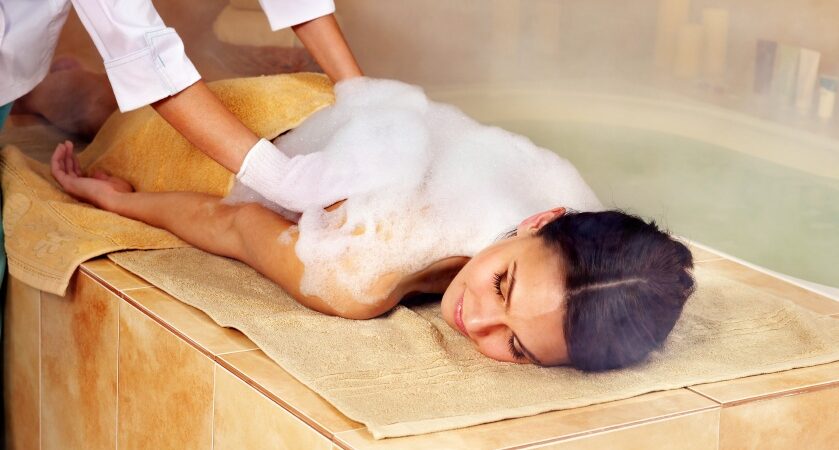Subscribe to our newsletter
Receive news and benefits on health and wellness.

SHA Magazine Health & Beauty
The hammam, also called Turkish bath, is a practice which dates back to the Greek Roman period, at that time when the Roman Empire was stretched to the East. The Greek and Roman baths inspired the architecture and the concept of the hammam. With the advent of Islam during the VIIth century, the hammam became an essential element of the Muslims’ life since the Islamic percepts advice a rigorous hygiene. In addition of permit to anyone, the poorest ones included, to have an access to hygiene, the hammam also has another important function: it is a place to meet people and socialize. Both the ritual and the place are called Hammam.
In traditional hammams, you can find women doing the ritual on their own, but normally there are employees in charge to guide you during every step and she washes you, apply the soap and exfoliates your skin.
Thanks to its benefits, the Hammam ritual is advisable for people with anxiety, stress, depression, with acne problems or who usually suffer of colds or respiratory affections.
Despite of all these benefits, the Hammam ritual is not recommended for people with arterial tension, blood circulation, dermatitis and epilepsy problems and pregnant women.
Receive news and benefits on health and wellness.
